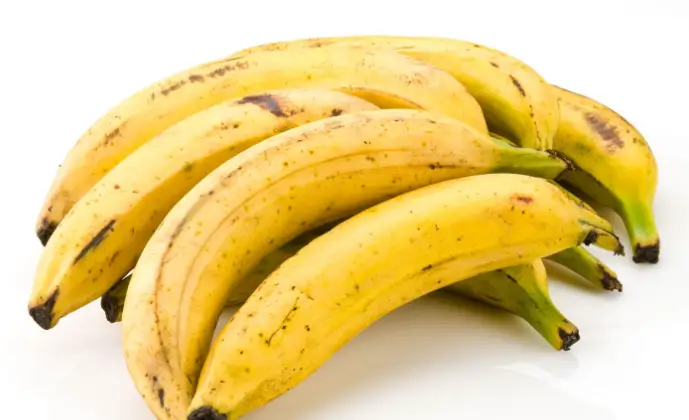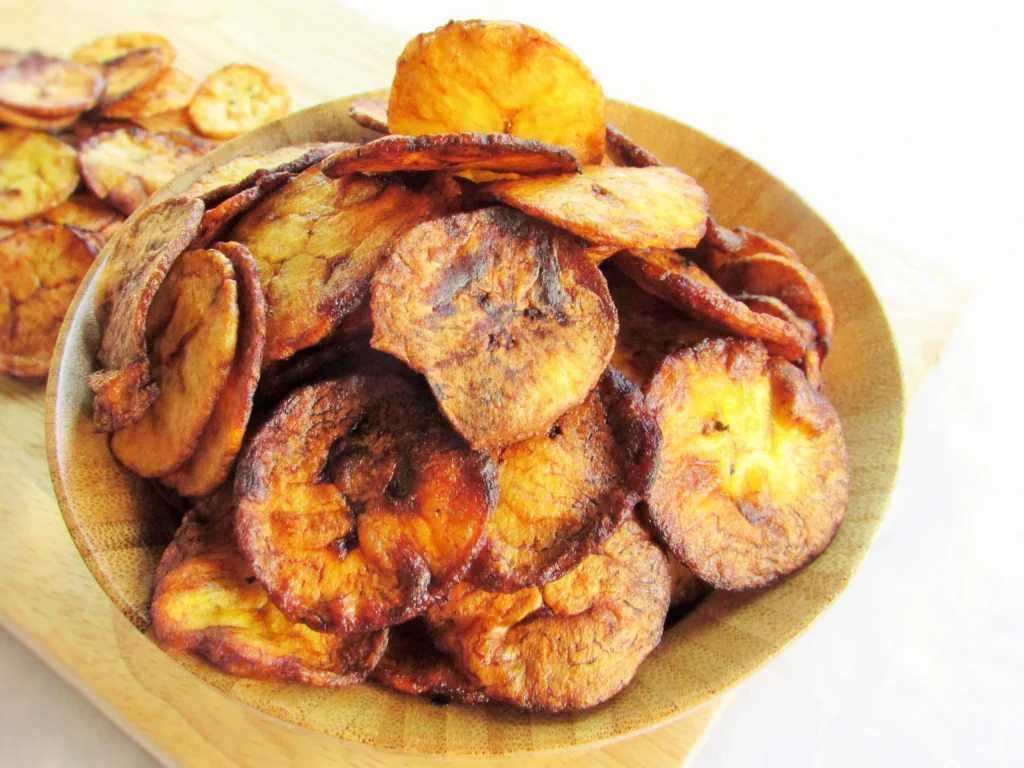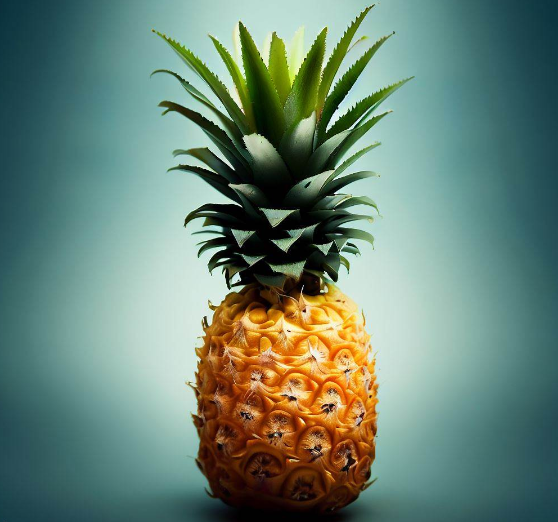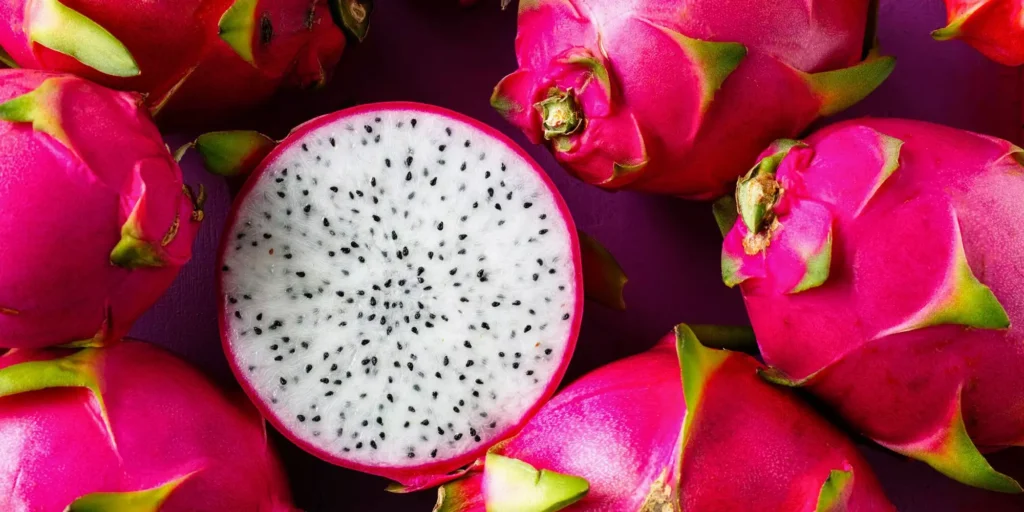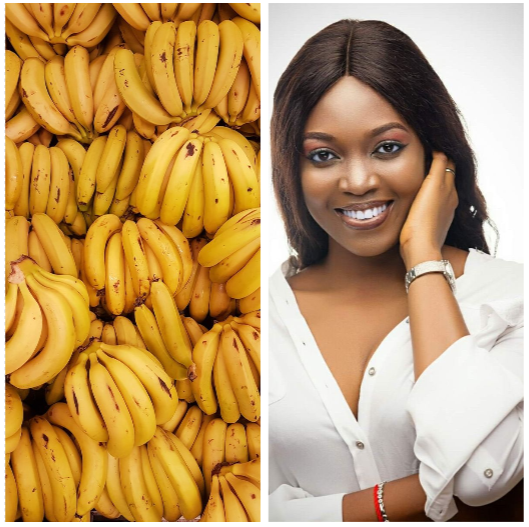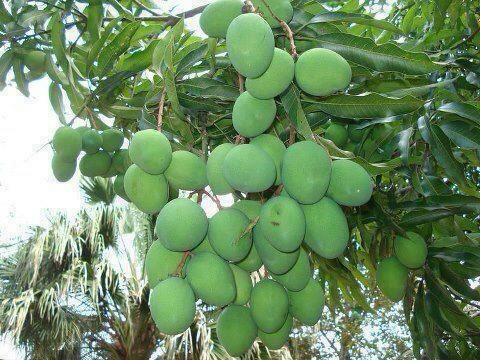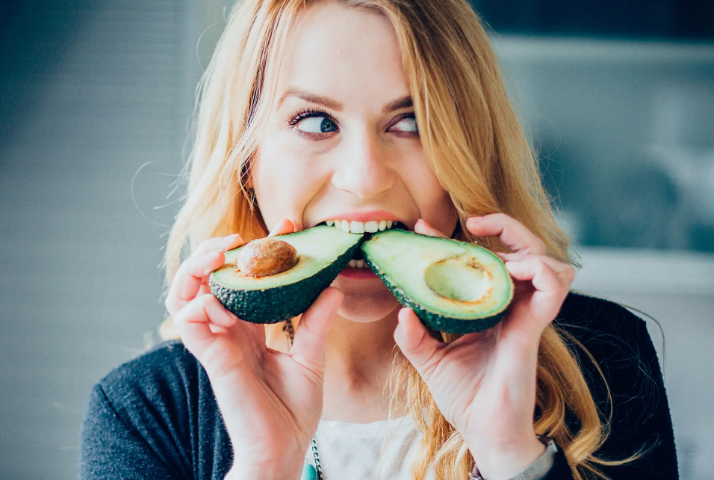The banana plant is quite an amazing piece of nature’s work, made up of several parts that all have their own special role. While we all love eating bananas, there’s a lot more to the plant than just the tasty fruit that we see in the store.
In this detailed look, we’re going to dive into each part of the banana plant. By learning about how each piece works, we’ll gain a greater appreciation for how bananas grow. This is important for anyone interested in how plants work, especially those that grow bananas.
Table of Contents
- 1. The Pseudostem
- 2. The Massive yet Flexible Leaves
- 3. The Important Role of the Inflorescence
- 4. Protective Bracts Envelope the Flowers
- 5. Female Flowers Transform into the Fruit
- 6. Hands and Bunches – How Bananas Cluster
- 7. Suckers Allow Propagation of New Plants
- 8. The Fruit Itself
- 9. Peel and Pulp Breakdown
- 10. Crown: The Signature Mark
- Key Takeaways on Banana Plant Biology
1. The Pseudostem
Although it looks like a regular tree trunk, the banana plant actually has a pseudostem. This stem isn’t made of hard wood; it’s formed from the bases of big leaves that overlap and press tightly together.
This stem-like structure can get quite tall, often reaching 20 feet or taller, especially in banana plants grown for selling. The pseudostem is important because it holds up the plant’s large leaves and the bunches of bananas.
Right in the middle of the pseudostem is a column of soft and squishy tissue. This part is very important because it moves water and food around the plant. However, because the pseudostem isn’t tough like wood, it can easily fall over in strong winds. Banana growers often have to tie their plants to support them and keep them standing up straight.
2. The Massive yet Flexible Leaves
At the very top of the pseudostem, you’ll find the banana plant’s big leaves. These leaves are really long and wide—some can be as long as 9 feet or more! They slowly open up as the plant grows taller.
The leaves have a big rib running down the center and lots of smaller lines, or veins, that give the leaf its shape. They’re really good at catching sunlight and turning it into food for the plant, which is how the plant grows and makes bananas.
Even though they’re so big, the leaves are also bendy. They can sway in the wind without breaking, which helps the plant stay cool. The leaves help protect the growing bananas from getting sunburnt or damaged by the wind. Old leaves will eventually turn yellow and fall off, making room for new ones to grow.
3. The Important Role of the Inflorescence
Inside the plant, hidden by the pseudostem, is a chunky bud known as the inflorescence. This part holds all the flowers that will turn into bananas. When the flowers start to grow fruit, the whole thing flips upwards.
These flowers are wrapped up in thick, waxy layers. Some of them are female flowers, which will grow into bananas, and some are male flowers that make pollen. Most bananas that we eat come from plants that don’t need bees or other insects to pollinate them to make fruit.
After pollination, the little flower parts inside the female flower grow into the bananas we recognize. Each group of bananas is called a “hand.” All of these hands together form a bunch. Still, this is not the plant’s trunk—it’s just part of where bananas come from!
4. Protective Bracts Envelope the Flowers
Each group of banana flowers is covered by special parts called bracts. These are reddish-purple and shaped like boats. They open up one by one as the fruit inside starts to grow.
The bracts protect the flowers from getting dried out, from temperature changes, from bugs, and from being bumped or hurt. They’re also waterproof, so they keep the flowers from rotting when it rains. The bracts are strong too, and they help hold up the growing bananas.
Even though the bracts dry out when the bananas are ready, they have to be taken off when the bananas are picked. In some places, people use these dry bracts for things like making thread, compost for gardens, or even medicine.
5. Female Flowers Transform into the Fruit
Inside the female flower, there’s a small part called the ovary. This is where the bananas start growing after pollination. The flower petals outside turn into a sort of cover at the end of the banana, and the ovary gets big and turns into the banana’s soft middle.
At the bottom of the banana, you can see a tiny spot that’s left over from the flower’s middle part. After they make pollen, the male flowers just dry up and fall off. Only the female flowers have what’s needed to make the bananas grow big and ripe.
6. Hands and Bunches – How Bananas Cluster
When you see bananas growing in a shape that bends upward, it means the plant is doing well. Bananas grow in clusters that we call hands. Each banana is like a finger, and it points up away from the central stalk.
A hand might have 5 to 20 bananas, and all these hands together make a bunch. A bunch can have 50 to 150 bananas or sometimes even more. The way they cluster together helps all the bananas get enough sun and ripen at the same time. A banana plant looks really nice when its big bunches are full of fruit.
7. Suckers Allow Propagation of New Plants
Right at the bottom of the banana plant, there are new shoots called suckers. These suckers are like exact copies of the main plant. When they get bigger, you can cut them off and plant them somewhere else to grow more banana plants.
For people who grow bananas to sell, it’s really important to have lots of these suckers. They make sure there’s always new plants growing. It’s also good for the older banana plants because cutting off the suckers means less competition for food and water. Farmers often trim these suckers off to help their banana plants stay healthy.
8. The Fruit Itself
Finally, we have the banana fruit itself, which is what most of us are familiar with. The fruit grows from the female flowers after the plant has been pollinated. Bananas are a great source of nutrients and come in a protective peel that’s easy to remove.
The fruit starts off green and hard, but as it ripens, it turns yellow and gets softer and sweeter. Each banana fruit is an important part of the plant’s life cycle, as it carries the seeds that can grow into new banana plants.
Beyond eating, bananas have lots of uses—they’re used in cooking and baking, and sometimes even in making beauty products or medicine. They’re also a key part of global trade, as they’re one of the most popular fruits in the world.
Bananas are a favorite food for many people all over the world. They are sweet without seeds and are full of good things like fiber, vitamins, minerals, and health-boosting antioxidants.
While the bananas we buy in stores don’t have seeds, the wild types they come from do. They have tough, black seeds in them. Over thousands of years, people have grown bananas that make fruit without needing to be pollinated, which means they don’t have seeds.
After bananas are picked, they go through a careful change to become sweet and soft. When they are green, they are not soft and taste like starch. But when they turn yellow or brown, they are just right, sweet and soft.
9. Peel and Pulp Breakdown
If we look closely at a banana, we can see the special parts that make it great for growing lots of fruit.
The banana’s thick skin protects it and stops it from getting hurt or scratched when it is moved around. Inside, the banana is split into sections that are full of nutrients and easy to eat.
Inside the peel, there are special tubes called phloem that run up and down and bring sugar and nutrients to the food part of the banana. As bananas ripen, the cells inside them, called parenchyma cells, get full of water and make the banana soft and yummy.
Even though they can’t grow new bananas, you might still see tiny black seeds in bananas you eat. These are like little clues that tell us about the banana’s wild past.
10. Crown: The Signature Mark
At the top of each banana is a dark pointy spot called the crown. It’s where the banana was connected to the rest of the plant, and it looks like a little signature. The crown is usually darker and harder when the rest of the banana is yellow and soft because it’s the last to get ripe.
The upper part of the banana, where the crown is, is also called the stem. The lower end, called the blossom end, is where the banana was attached to its bunch on the tree. Both ends tell us about where the banana comes from.
Key Takeaways on Banana Plant Biology
- Pseudostem Composition: The banana plant has a special stem called a pseudostem made of leaf parts stacked up on each other, not hard wood. This allows it to grow quickly, but it needs help to stay standing up.
- Versatile Leaves: The big leaves on banana plants are where sunlight gets turned into food for the plant. These leaves can move around in the wind without breaking.
- Inflorescence and Fruit Development: On the top of the pseudostem, a cluster of flowers called an inflorescence appears. From this, lots of female flowers grow into the bananas we eat. They make groups called hands, which together make up a bunch.
- Suckers: Propagation and Clonal Growth: Little shoots called suckers come out from the bottom of the banana plant or from underground parts called rhizomes. They make more banana plants that are just like the original one, and these can grow big groups of banana plants.
- Evolution of Seedless Varieties: People have been growing bananas for a long time, and now we have kinds without seeds. These plants give a lot of fruit and are eaten all around the world. Being seedless and tasty makes them very popular.
- Insights for Horticultural Management: Knowing a lot about banana plants helps gardeners take good care of them. They need to make sure the plants stand tall, get enough sunshine, and don’t have too many suckers.
- Global Resilience: Even though banana plants can get sick with diseases, they are still grown all over the world. The industry keeps going strong by adapting to new challenges and what people want.
- Sustainable Cultivation: Growing bananas in a way that doesn’t hurt the environment is really important. This means doing things like growing other plants in between, taking care of the soil, and using water wisely.
- Nutritional Benefits: Bananas are great because they have lots of nutrients we need, like potassium and vitamins. They are a great part of a healthy diet for many people.
- Cultural and Economic Significance: Bananas aren’t just plants; they mean a lot in different cultures and even in some countries’ economies. They stand for good things like friendship, happiness, and success.
When we learn about bananas, we can see why they are so strong, good for us, and important to many people. If we grow them in a good way, we can keep enjoying this fruit that so many enjoy.
The banana isn’t just something nice to eat; it’s amazing what it can do and how people have helped it become what it is today. When we look inside and see all the tiny details, it helps us understand why it’s so easy to grow and give us lots of fruit. It’s important to think about these things when we grow and eat bananas, so that we don’t forget how special they are.
